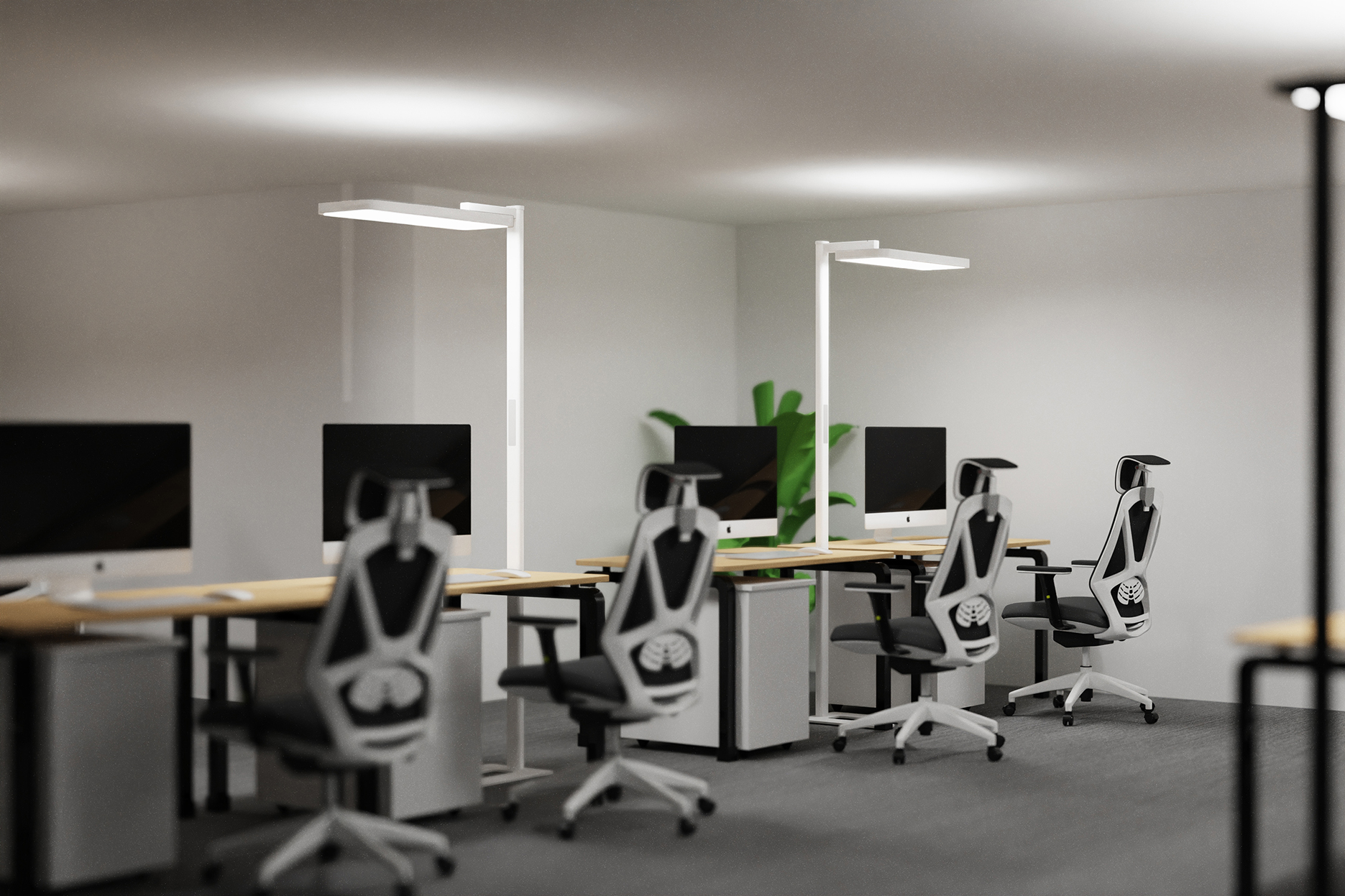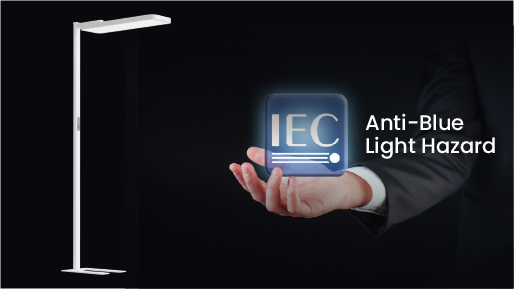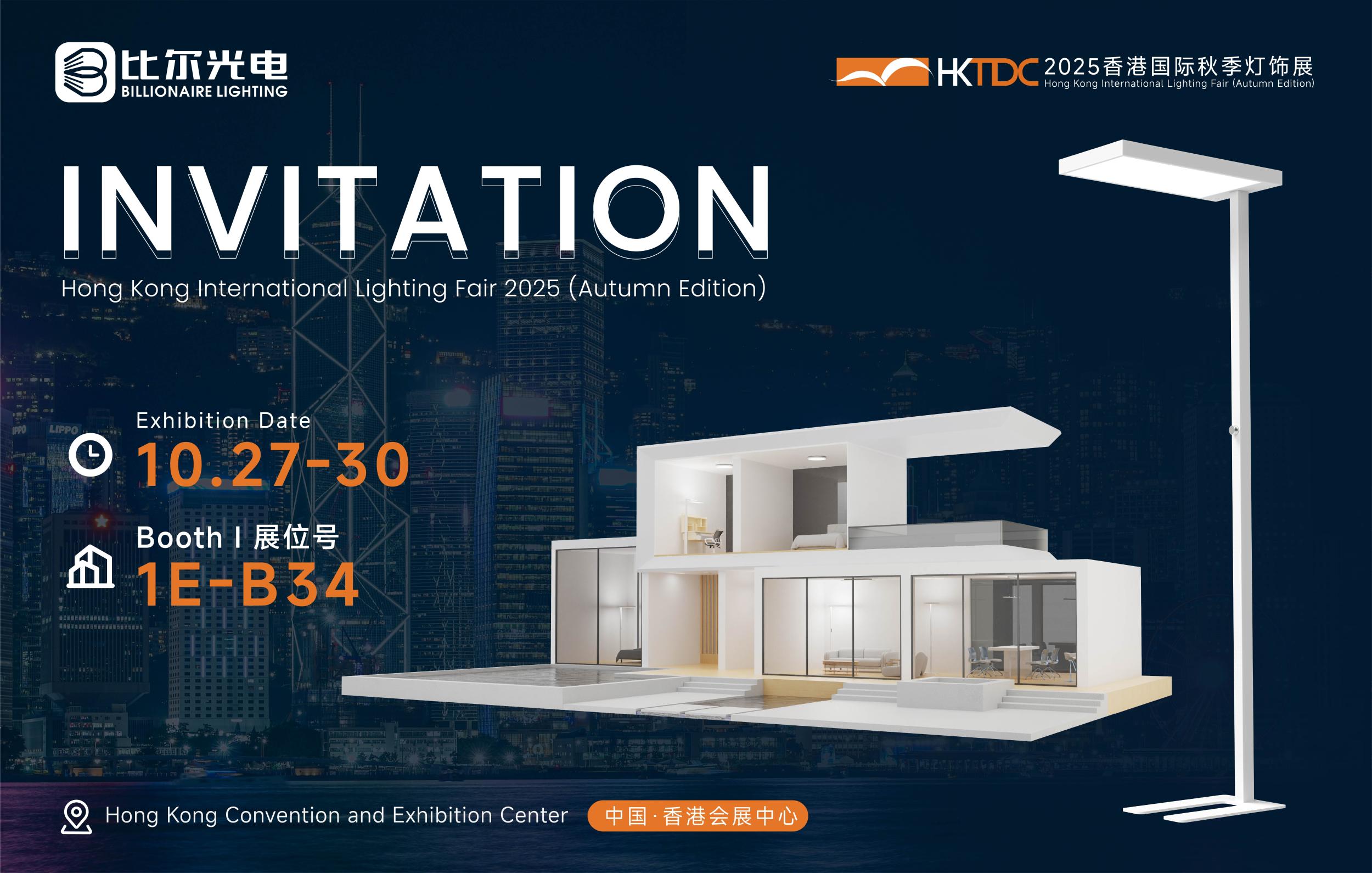1. Introduction
Lighting in the office workplace is far more than a mere practical necessity; it is a critical element that significantly impacts employee performance, comfort, and overall well - being. The quality, quantity, and type of light in an office can either enhance productivity and create a positive work environment or lead to fatigue, eye strain, and decreased job satisfaction. In recent years, with the growing understanding of the importance of lighting in the workplace, there has been a significant shift towards more advanced, energy - efficient, and user - friendly office lighting solutions. This comprehensive exploration will cover all aspects of office workplace light, including its types, design considerations, benefits, and the latest trends.
2. Types of Office Workplace Lighting
2.1 Ambient Lighting
Ambient lighting provides the overall illumination in an office space. It sets the general brightness level and creates a uniform base light throughout the area. The most common forms of ambient lighting in offices are fluorescent and LED ceiling lights. Fluorescent lights have been widely used in offices for decades due to their relatively high light output and energy efficiency compared to incandescent bulbs. However, traditional fluorescent lights often produce a harsh, cool - toned light that can be unappealing.
LED ceiling lights, on the other hand, have emerged as a more advanced and preferred option. LEDs are highly energy - efficient, consuming significantly less electricity than fluorescent lights. They also have a longer lifespan, reducing maintenance and replacement costs. LED ambient lighting can be designed to emit a range of color temperatures, from warm white (around 2700K - 3000K) that mimics the soft glow of incandescent bulbs to cool white (around 5000K - 6500K) which is similar to natural daylight. In open - plan offices, well - distributed LED ambient lighting can create a bright, inviting atmosphere, making the space feel more spacious and comfortable.
2.2 Task Lighting
Task lighting is focused on providing sufficient light for specific work tasks. In an office, employees engage in various tasks such as reading, writing, using a computer, and working on detailed documents. Task lighting fixtures, such as desk lamps and floor lamps, are crucial for ensuring that employees have adequate light for these tasks. Desk lamps are a common form of task lighting. They can be placed directly on the desk, allowing employees to adjust the light direction and intensity according to their needs. LED desk lamps are popular as they offer energy - efficiency, adjustable brightness, and in some cases, adjustable color temperature. A task - oriented desk lamp with a flexible gooseneck can be bent to shine light directly on a computer screen or a stack of papers, reducing glare and eye strain.
Floor lamps can also serve as task lighting, especially in areas where additional lighting is required, such as in a reading nook or a small meeting area. Some floor lamps are designed with adjustable heads or necks, enabling precise light direction. Task lighting not only improves visibility for work tasks but also contributes to increased productivity. When employees can see clearly and comfortably, they are more likely to perform their tasks accurately and efficiently.
2.3 Accent Lighting
Accent lighting is used to draw attention to specific areas or objects in the office. It adds visual interest and can enhance the overall aesthetic of the workplace. In an office, accent lighting can be used to highlight architectural features, such as columns or arches, or to showcase artwork or decorative elements. Wall - mounted picture lights can be used to illuminate paintings or photographs on the office walls. Recessed lights can be installed to draw attention to a reception desk or a display area.
In addition to aesthetics, accent lighting can also have practical applications. For example, in a storage area, accent lighting can be used to highlight specific storage units, making it easier for employees to find what they need. In a break room, accent lighting can be used to create a more inviting and comfortable atmosphere by highlighting a coffee station or a seating area.
3. Design Considerations for Office Workplace Lighting
3.1 Lighting Layout
The layout of lighting in an office is crucial for ensuring even illumination and minimizing shadows. In an open - plan office, a grid - based layout of ceiling lights can provide consistent ambient lighting. However, it is important to consider the placement of workstations and other furniture when designing the lighting layout. For example, workstations should not be placed directly under the glare of ceiling lights, as this can cause discomfort for employees. Instead, lights should be positioned in a way that provides indirect or diffused light to work areas.
In private offices, the lighting layout should be designed to meet the specific needs of the occupant. A combination of ambient, task, and accent lighting can be used. The ambient lighting can be provided by ceiling lights, while task lighting can be placed on the desk and accent lighting can be used to highlight any personal touches or decorative elements in the office. The layout should also consider the natural light sources, such as windows. If an office has large windows, the lighting design should be adjusted to avoid glare from sunlight and to make the most of the natural light during the day.
3.2 Color Temperature and Color Rendering Index (CRI)
Color temperature is an important factor in office lighting. As mentioned earlier, different color temperatures can create different atmospheres. In an office setting, a color temperature of around 4000K - 5000K, which is considered "neutral white," is often recommended. This color temperature provides a bright, clear light that is similar to natural daylight, which can help to boost employee alertness and productivity.
The Color Rendering Index (CRI) is another important consideration. CRI measures how accurately a light source renders colors compared to a natural light source. A high CRI (ideally above 80) is desirable in an office environment, as it ensures that colors appear natural and true to life. This is particularly important in offices where employees work with color - sensitive tasks, such as graphic design, printing, or fashion design. With a high - CRI light source, employees can accurately perceive colors, which is essential for making accurate decisions and producing high - quality work.
3.3 Glare Control
Glare is a common problem in office lighting that can cause discomfort, eye strain, and reduced productivity. Glare can occur when light reflects off shiny surfaces, such as computer screens, desks, or floors. To control glare, several design strategies can be employed. Using diffused light sources, such as frosted glass or fabric - covered fixtures, can help to spread the light evenly and reduce the intensity of reflected light.
In addition, the use of anti - glare screens on computer monitors is essential. These screens are designed to reduce the reflection of light from the screen surface, making it easier for employees to see the content. The placement of lights and furniture can also play a role in glare control. For example, avoiding placing lights directly in front of or behind a computer screen can help to minimize glare.
4. Benefits of Proper Office Workplace Lighting
4.1 Increased Productivity
Proper office workplace lighting has a direct impact on employee productivity. Good lighting conditions improve visibility, making it easier for employees to perform their tasks accurately and efficiently. For example, in a data - entry job, well - lit workstations can reduce errors by ensuring that employees can clearly see the data they are entering. Task lighting, in particular, allows employees to focus on their work without distractions caused by poor lighting.
In addition, the right color temperature and lighting layout can enhance employee alertness. Natural - like light, such as that with a color temperature around 4000K - 5000K, can help to regulate the body's internal clock and keep employees more awake and focused during the workday. This can lead to increased productivity and better - quality work output.
4.2 Improved Employee Well - being
Lighting also plays a crucial role in employee well - being. Harsh, glaring light or inappropriate color temperatures can cause eye strain, headaches, and fatigue. In contrast, proper lighting can reduce these discomforts. For example, using diffused light sources and controlling glare can prevent eye strain, while choosing the right color temperature can create a more comfortable working environment.
Moreover, exposure to natural - like light during the workday can have a positive impact on employees' mood and mental health. Light affects the production of hormones such as melatonin, which regulates sleep - wake cycles. Exposure to bright, natural - like light during the day can help to improve sleep quality at night, leading to better - rested employees and improved overall well - being.
4.3 Energy Efficiency
Modern office lighting technologies, such as LED lighting, offer significant energy - efficiency benefits. LEDs consume far less electricity than traditional lighting sources, such as incandescent and fluorescent bulbs. This not only reduces the energy consumption of the office but also lowers electricity bills. In addition, the long lifespan of LED bulbs means that they need to be replaced less frequently, reducing maintenance costs.
Some office lighting systems also incorporate energy - saving features, such as motion sensors and dimmers. Motion sensors can detect when an area is unoccupied and automatically turn off the lights, saving energy. Dimmers allow employees to adjust the brightness of the lights according to their needs, further optimizing energy usage.
5. Latest Trends in Office Workplace Lighting
5.1 Smart Lighting Systems
Smart lighting systems are becoming increasingly popular in office workplaces. These systems allow for remote control and automation of lighting. Through a smartphone app or a central control panel, office managers can adjust the brightness, color temperature, and even the lighting schedule of the office lights. For example, lights can be programmed to gradually brighten in the morning to mimic the natural sunrise, helping employees to wake up and start their workday more comfortably. In the evening, the lights can be set to dim gradually, creating a more relaxing atmosphere as the workday ends.
Smart lighting systems can also be integrated with other building management systems, such as HVAC (heating, ventilation, and air - conditioning) systems. This integration allows for more efficient energy management. For example, if a room is unoccupied, the smart lighting system can turn off the lights, and the HVAC system can reduce its energy consumption in that area.
5.2 Biophilic Lighting Design
Biophilic lighting design is a trend that focuses on bringing the benefits of natural light into the office environment. This design approach aims to create a connection between employees and nature through lighting. Biophilic lighting systems often use dynamic lighting that changes throughout the day to mimic the natural light cycle. For example, in the morning, the light can be bright and cool - toned, similar to the early - morning sunlight. As the day progresses, the color temperature and brightness can be adjusted to match the natural light conditions.
In addition, biophilic lighting design may incorporate elements such as light fixtures that resemble natural forms, such as leaves or branches. These elements can add to the aesthetic appeal of the office and further enhance the connection to nature. Biophilic lighting has been shown to have positive effects on employee well - being, including reduced stress levels and improved mood.
5.3 Personalized Lighting
Personalized lighting is another emerging trend in office workplace lighting. This trend recognizes that different employees may have different lighting preferences. Some employees may prefer a brighter light for detailed work, while others may find a softer, warmer light more comfortable. Personalized lighting systems allow employees to adjust the lighting in their immediate work area according to their preferences.
For example, some office desks may be equipped with individual task - lighting fixtures that can be adjusted in terms of brightness, color temperature, and light direction. This not only improves employee comfort but also gives employees a sense of control over their work environment, which can lead to increased job satisfaction.
6. Maintenance and Care of Office Workplace Lighting
6.1 Regular Cleaning
Regular cleaning of office lighting fixtures is essential to maintain their performance and appearance. Dust and dirt can accumulate on the surface of light fixtures, reducing the light output. For example, in fluorescent and LED ceiling lights, dust on the lens or cover can scatter the light and make the illumination less effective. Cleaning the fixtures regularly, using a soft cloth or a vacuum cleaner with a brush attachment, can help to keep the light output at its optimal level.
Lamp shades, especially those made of fabric or glass, should also be cleaned regularly. Fabric lamp shades can be gently vacuumed to remove dust, while glass lamp shades can be wiped clean with a damp cloth. Regular cleaning not only improves the lighting performance but also enhances the overall aesthetic of the office.
6.2 Bulb Replacement
When it comes to bulb replacement, it is important to use the correct type of bulb recommended by the manufacturer. Different lighting fixtures may require different types of bulbs, such as incandescent, fluorescent, or LED. In the case of LED bulbs, it is crucial to ensure that the replacement bulb has the same color temperature and brightness level as the original bulb.
Follow the instructions in the fixture's user manual for safe and proper bulb replacement. In some cases, replacing bulbs in ceiling - mounted fixtures may require the use of a ladder. Take appropriate safety precautions, such as having someone hold the ladder, when replacing bulbs in elevated fixtures. It is also a good idea to keep spare bulbs on hand, especially for high - use fixtures, to minimize any disruption in lighting.
6.3 Safety Checks
Periodically conduct safety checks on office lighting systems. Check the electrical connections of the fixtures to ensure that they are secure. Loose connections can cause flickering lights, overheating, or even electrical hazards. Inspect the cords and cables for any signs of fraying, cracking, or damage. If a cord is damaged, it should be replaced immediately.
For ceiling - mounted lights, check the mounting brackets and fixtures for stability. Ensure that the lights are securely attached to the ceiling to prevent them from falling. In addition, if the office lighting system includes any dimmers or other electrical controls, test them regularly to ensure that they are working properly.
7. Conclusion
Office workplace light is a multi - faceted aspect of office design that has a profound impact on employee productivity, well - being, and the overall functionality of the workplace. By understanding the different types of lighting, considering design factors such as layout, color temperature, and glare control, and taking advantage of the latest trends in lighting technology, office managers can create a lighting environment that is both efficient and comfortable. Proper maintenance and care of office lighting systems are also essential to ensure their long - term performance and safety. As technology continues to evolve, we can expect to see even more innovative and user - friendly office lighting solutions in the future, further enhancing the quality of the office workplace.



